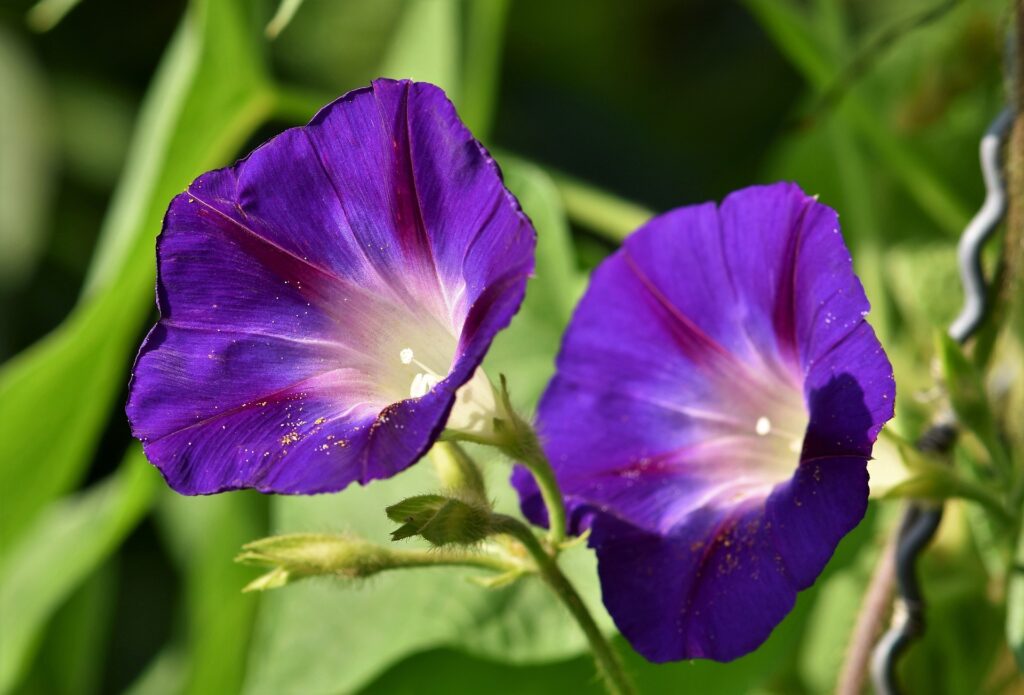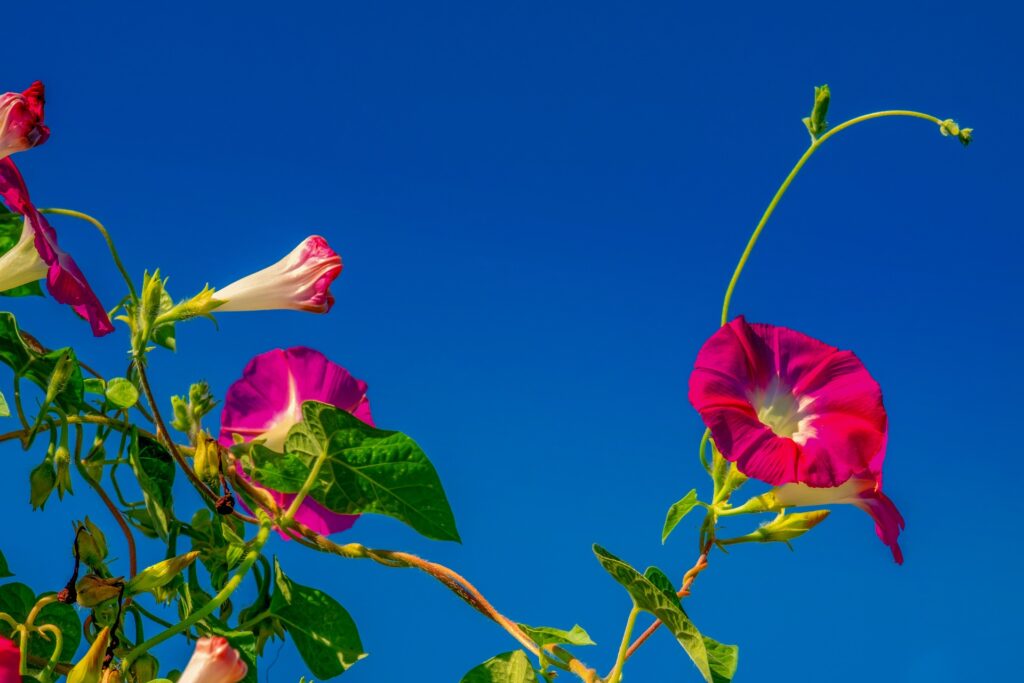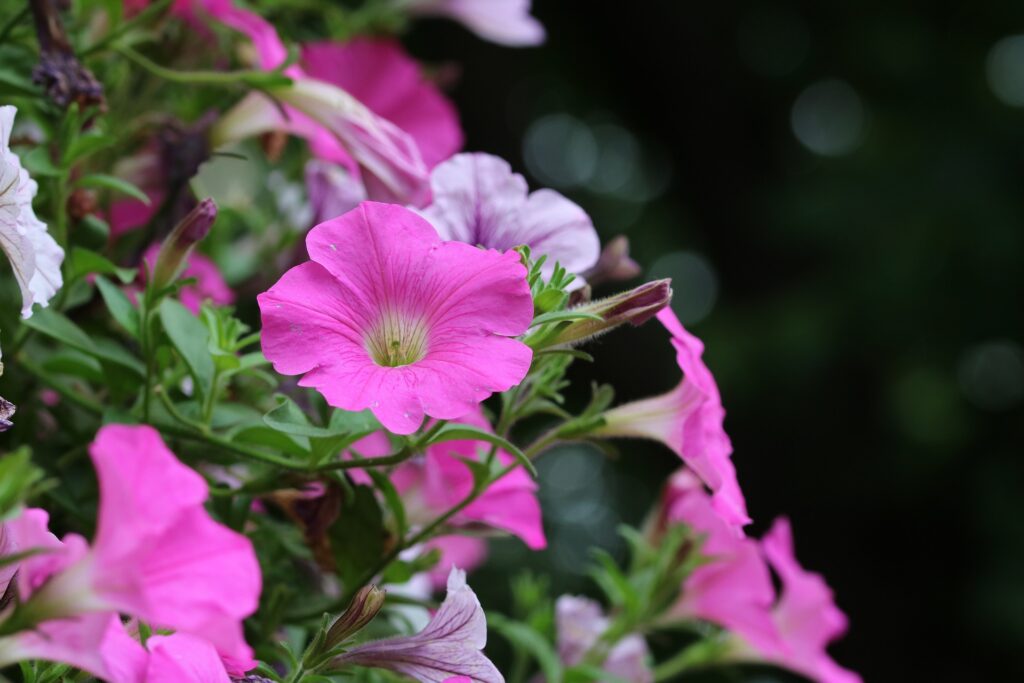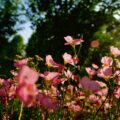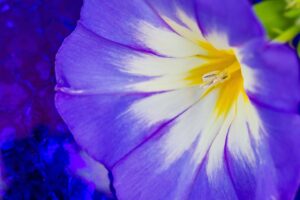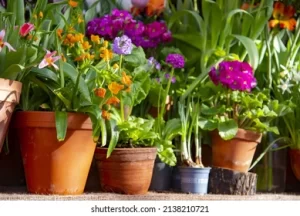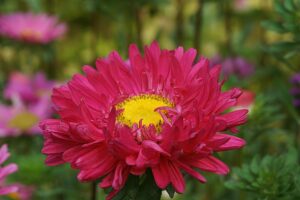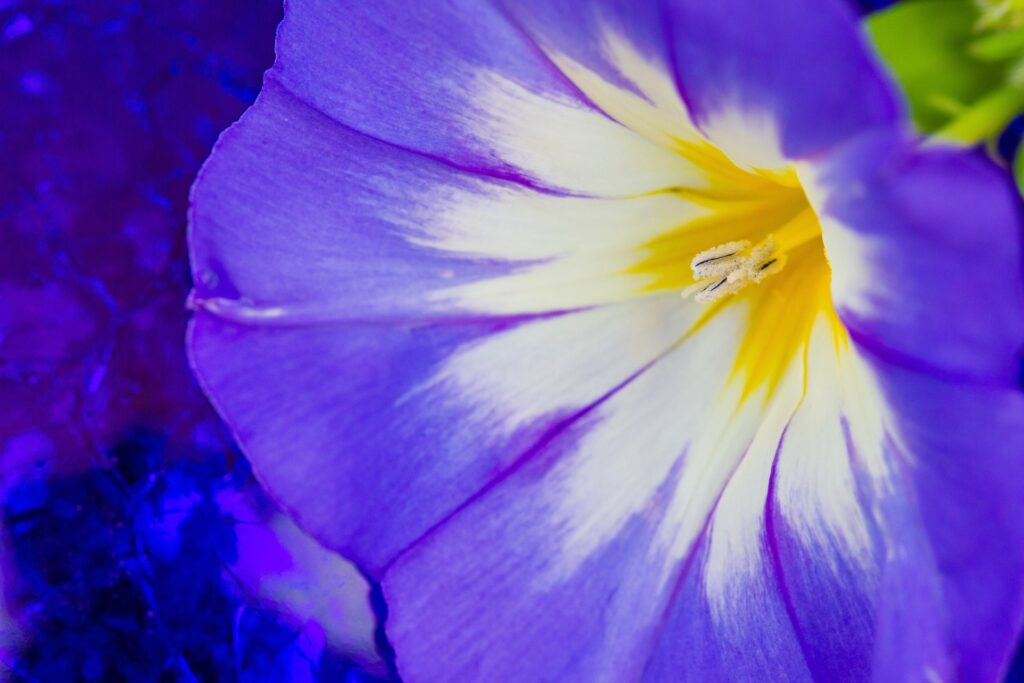
morning glory
As the first light of dawn creeps across the horizon, a remarkable transformation occurs in gardens and wild spaces alike. Here, the morning glory begins its daily performance, an ephemeral ballet of blossoming that embodies the delicate interplay between beauty and the relentless march of time. These flowers, with their rich palette and spiraling forms, are not just botanical specimens; they are storytellers of the garden, narrating tales of growth, resilience, and the transitory nature of life itself.
Let us embark on a journey to understand these enigmatic blooms, unveiling their secrets and appreciating their place in our gardens and hearts.
The Botanical Wonder
The morning glory, belonging to the family Convolvulaceae, is a marvel of nature’s design. Its name, a poetic nod to its unique rhythm of life, refers to the flowers that open at dawn and close by the afternoon. This temporal dance, synchronized with the sun’s arc across the sky, is a spectacle that has fascinated gardeners and poets alike for centuries.
A Palette of the Sky
Imagine a canvas painted with the hues of dawn – deep blues, vibrant purples, and occasional pinks and whites – and you have conjured the colors of the morning glory. These flowers are like fragments of the sky fallen to earth, captured in the delicate petals that unfurl each morning. Each bloom is a fleeting masterpiece, lasting but a single day, only to be replaced by new blossoms in a perpetual cycle of renewal.
A Story of Growth
The journey of the morning glory begins with a simple seed, a capsule of potential waiting to unfurl. With time, these seeds give rise to vigorous vines that reach upward and outward, grasping at trellises, fences, and even other plants, painting them with a tapestry of color. This vigorous growth, a symbol of unbridled life, allows the morning glory to transform spaces, filling them with life and movement.
The Language of Flowers
In the Victorian language of flowers, the morning glory holds a special place. It symbolizes affection, the transient nature of love, or even mortality. In this context, the flower serves as a reminder of life’s ephemeral beauty, encouraging us to cherish each moment and embrace the joy in the everyday.
A Cultural Tapestry
Across cultures, the morning glory has woven itself into the fabric of various traditions and art forms. In Japan, it is celebrated in the annual Asagao Matsuri, a festival that showcases the flower’s myriad forms and colors. The plant’s elegant shapes have inspired artists and poets, finding their way into haikus, paintings, and even the delicate art of porcelain.
The Gardener’s Joy
For the gardener, the morning glory is both a joy and a challenge. These fast-growing vines can be both a blessing and a bane – capable of covering unsightly spaces, but also of overwhelming other plants if left unchecked. The key to harmonizing with these vigorous climbers lies in understanding their nature, providing them with space to grow while guiding their exuberance.
Beyond the Beauty
The morning glory is more than just an ornamental plant. In some cultures, its seeds have been used in traditional medicine or as part of spiritual practices. However, it’s important to approach these aspects with caution, as the seeds contain compounds that can be harmful if misused.
Embracing the Morning Glory
To invite the morning glory into your garden is to welcome a piece of the sky, a daily reminder of the beauty and impermanence of life. It encourages us to rise with the dawn, to witness the unfurling of petals that greet the new day, and to find joy in the simple, fleeting moments.
As the day wanes and the blossoms close, we are reminded that beauty is not just in the grand gestures, but in the quiet, unassuming dance of a flower greeting the morning sun. In this, the morning glory is not just a plant, but a muse, inspiring us to live fully, to grow unabated, and to find beauty in the ephemeral tapestry of life.
